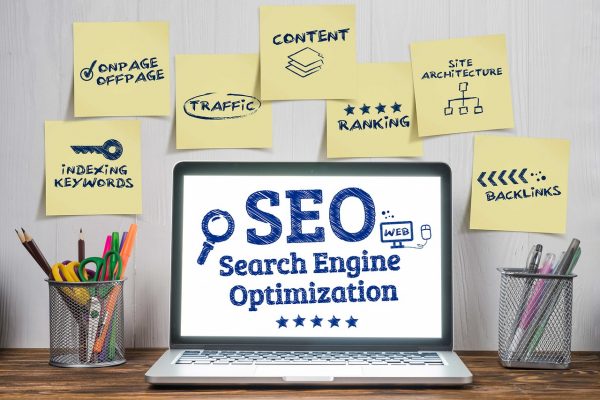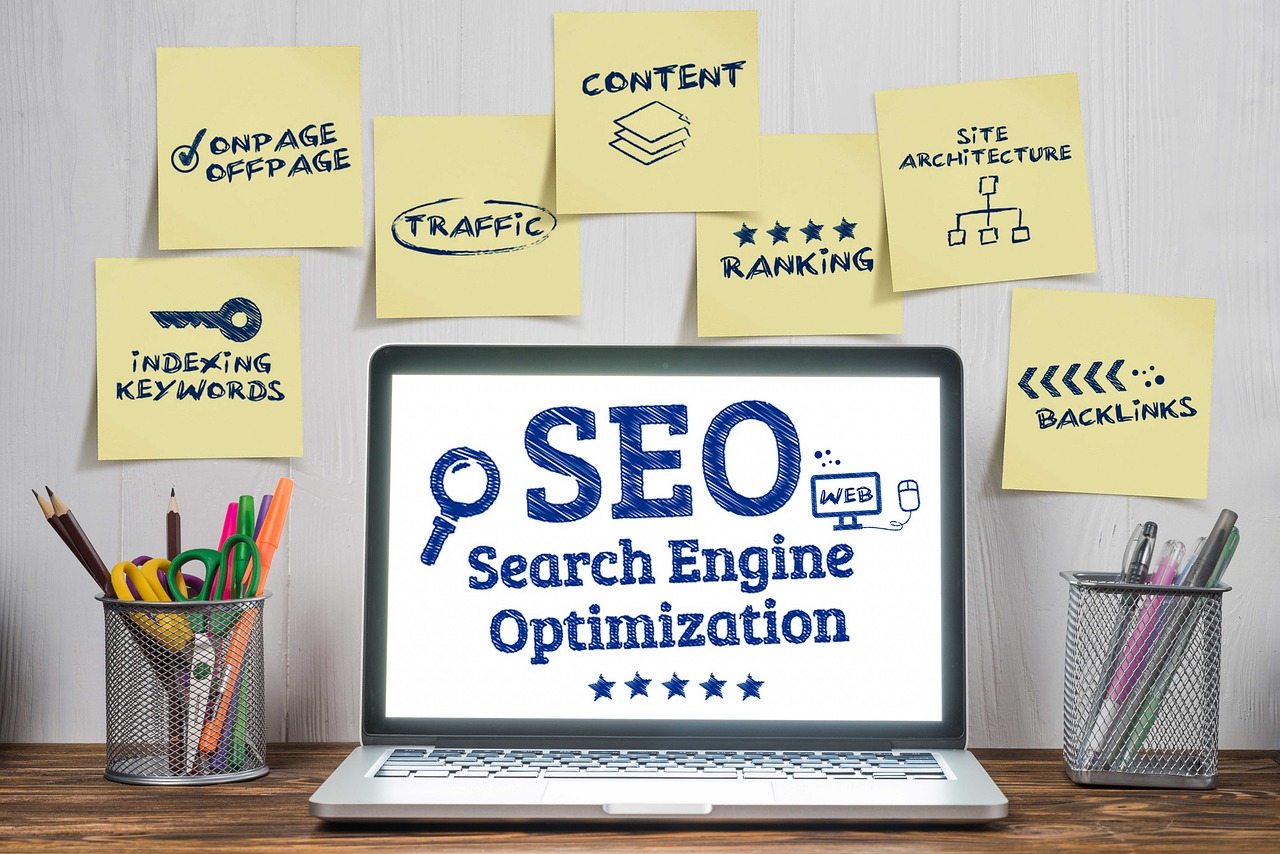

SEO in October 2025: How Google’s Latest Updates Are Reshaping Search
SEO in October 2025: How Google’s Latest Updates Are Reshaping Search
The SEO landscape never sleeps, and October 2025 has proven to be no exception. With Google steering search in bold, data-driven directions, brands and digital strategists are watching with close attention. This month’s updates aren’t simply another iterative change. They signal a pivotal shift, blending advanced AI, vigilant spam enforcement, and revamped criteria for quality content. For businesses dependent on organic visibility, the new rules are rewriting what it means to compete on the world’s most powerful search platform.
Google’s October 2025 Algorithm Updates: A New Era for Search
Google has completed a significant spam update, running for nearly a month, and introducing visible turbulence to the SEO community. Sites leveraging manipulative tactics. Particularly those involved in scaled content abuse, expired domain misuse, or site reputation schemes. Have faced substantial penalties and, in some cases, dramatic drops in SERP presence. Google’s policy changes have made compliance and transparency non-negotiable.
At the same time, Google has broadened the rollout of its AI-powered search features. Known collectively as AI Overviews. To more languages and device types. These AI-enabled enhancements deliver rapid, context-rich summaries for user queries, presenting information more conversationally and sometimes generating direct answers without requiring a click. The result? The traditional model of search is evolving, forcing site owners to rethink ranking strategies and content presentation.
The Growing Influence of AI on Rankings and SERP Visibility
AI Overviews now appear in well over half of all search results across devices, and in some cases, they surface for as many as 70% of problem-solving search queries. This sweeping integration is altering the visibility landscape. High-ranking results are now often accompanied. Or, in certain verticals, even displaced. By machine-generated summaries. Several studies reveal fluctuations in website traffic immediately following major AI-driven rollouts, as users find answers faster through Google’s enhanced snippets.
For brands and publishers, this means that the classic “position one” is no longer the ceiling. Instead, content must be designed to earn inclusion in these coveted AI Overviews. Structured data, clarity, and demonstrable topical expertise are rapidly emerging as must-haves. Content that answers questions directly, supports E-E-A-T principles (Experience, Expertise, Authoritativeness, Trust), and encourages genuine engagement stands a stronger chance of reaching audiences in this new paradigm.
Adapting Your SEO Strategy: Emphasising Quality and User-Centricity
Quality has become the defining metric for Google’s latest wave of updates. The Helpful Content System, refined throughout 2025, now evaluates signals far beyond keyword-stuffing or surface-level relevance. Pages built around real user needs, backed by expert insight, and updated to reflect the latest knowledge are rewarded. Not just with rankings but through inclusion in prominent features like AI Overviews.
Self-assessment is essential: Is your content unique? Does it demonstrate subject mastery and provide solutions with practical value? Regular audits, refreshing stale pages, and optimising for semantic search intent are strategies reliable for staying competitive. Google’s algorithms increasingly reward content that serves people first and algorithms second. Those who focus on authentic storytelling, robust data, and clear calls-to-action set themselves apart in a crowded field.
Mobile-First Indexing and the New Core Web Vitals Benchmarks
Mobile-first indexing is now the universal standard. In 2025, sites without full mobile responsiveness risk exclusion from Google’s index altogether. That is a stern warning to any business still lagging on mobile optimisation.
Equally important is the evolution of Core Web Vitals. The set of performance benchmarks shaping how Google rates user experience. This year, the metric known as Interaction to Next Paint (INP) has fully replaced First Input Delay (FID), shifting the focus to actual interaction latency rather than just input speed. Failure to deliver a seamless, swift, and stable mobile experience quickly translates into lost ranking opportunities. Websites excelling in metrics like Largest Contentful Paint (LCP) and Cumulative Layout Shift (CLS), alongside INP, routinely outperform their slower, less stable competitors.
Staying Compliant: Best Practices for Navigating Google’s Evolving Guidelines
Maintaining compliance with Google’s changing guidelines is a commitment, not a checklist. With new spam policies targeting manipulative content creation and link schemes, vigilance is necessary. Automated site audits, clear documentation of on-page changes, and rigorous attention to Google’s published Search Essentials build resilience against penalties.
Be proactive. Adhere to ethical SEO by focusing on original, value-driven pages that address real user intent. Avoid short-term tactics: cloaking, doorway pages, and misleading redirects are as risky as ever. As the algorithms grow smarter, authenticity has become the most effective defence and the strongest long-term ranking signal.
Regularly review official Google updates to remain aligned with best practices. For those still recovering from drops, meaningful recovery comes through genuine content improvements. Not attempts to outsmart the system.
Frequently Asked Questions
What are the primary changes in Google’s October 2025 algorithm update?
Google’s update prioritises AI-powered features in search, enhancing the prominence of AI Overviews and tightening enforcement around spam, especially scaled content abuse and manipulative SEO practices. Mobile-first indexing is now standard, and Core Web Vitals reflect stricter user experience metrics.
How do AI Overviews affect website traffic and rankings?
AI Overviews often provide users with direct answers on the results page, reducing the reliance on clicks. This feature may lead to fluctuations in traditional organic traffic but also opens opportunities for brands to surface within AI-driven summaries if they offer authoritative, well-structured content.
What steps should businesses take to optimise for Google’s post-update ranking factors?
Focus on high-quality, original content that serves user intent, ensure mobile responsiveness, improve Core Web Vitals performance, and systematically audit for compliance with Google’s latest policies. Regularly update static pages and prioritise user-centric site structure.
Which Core Web Vitals matter most after the latest updates?
Largest Contentful Paint (LCP), Cumulative Layout Shift (CLS), and especially Interaction to Next Paint (INP) rank highly in importance after recent algorithm changes.
How can a website recover from a penalty following the October 2025 update?
Rebuild trust through transparent, authentic content that clearly serves user needs. Remove manipulative elements, perform thorough site audits, and keep pace with Google’s published guidelines to support sustainable recovery.







